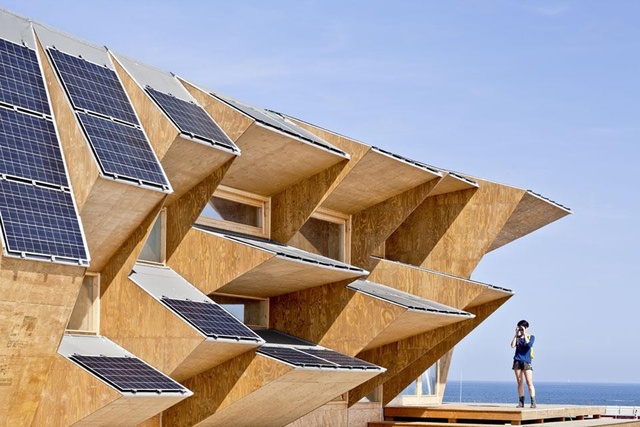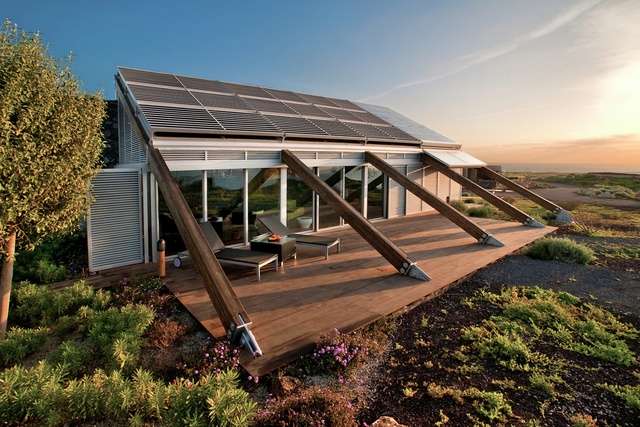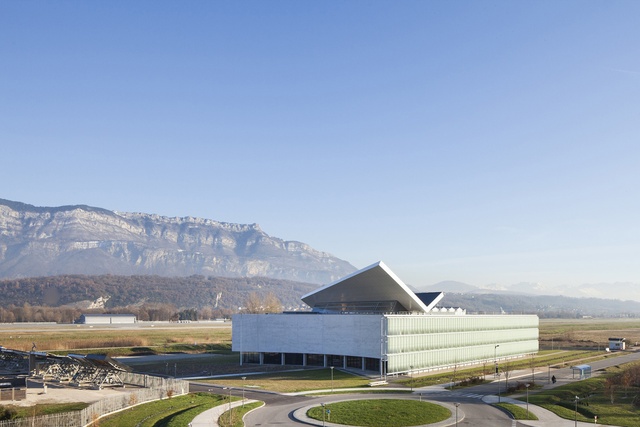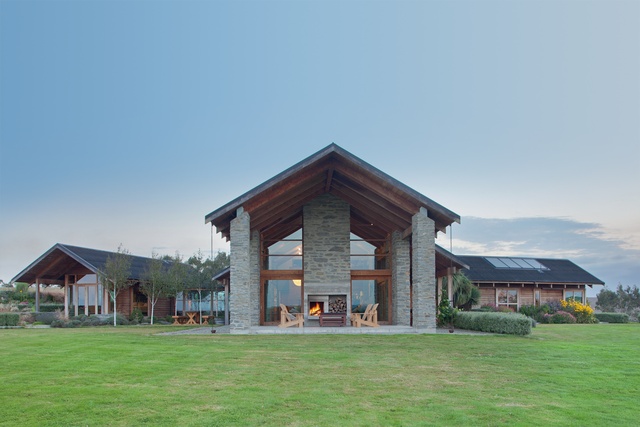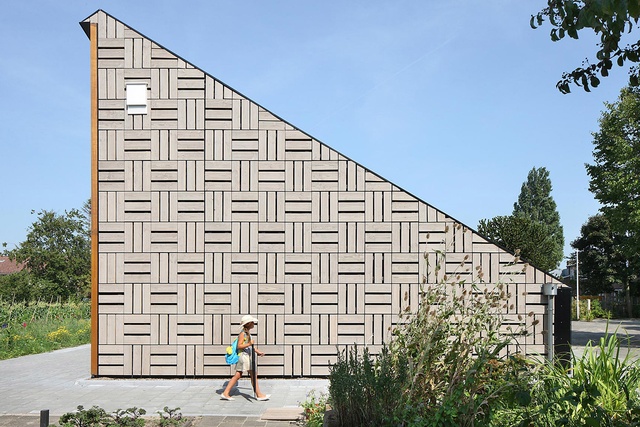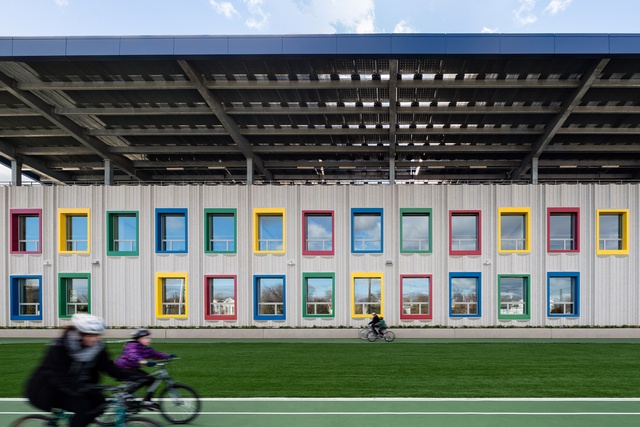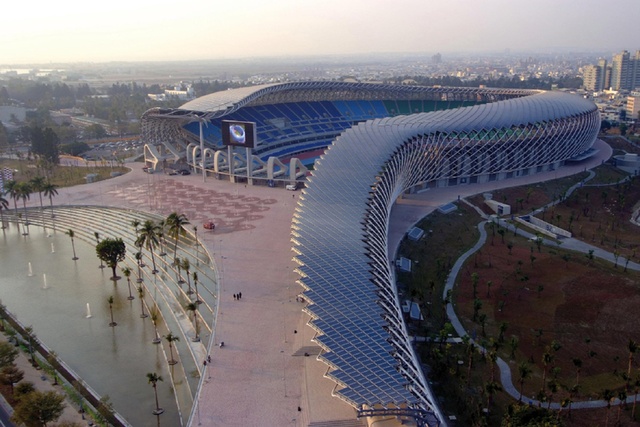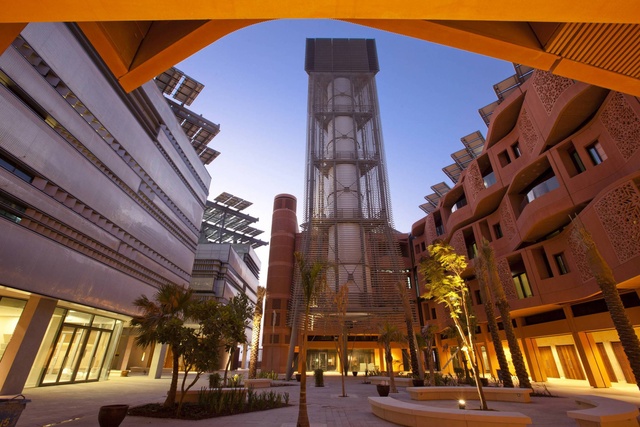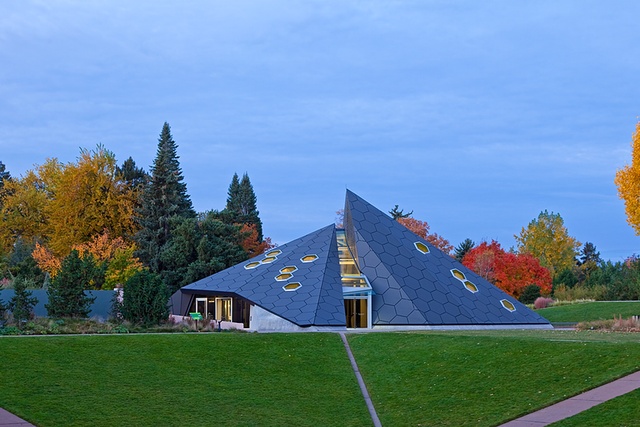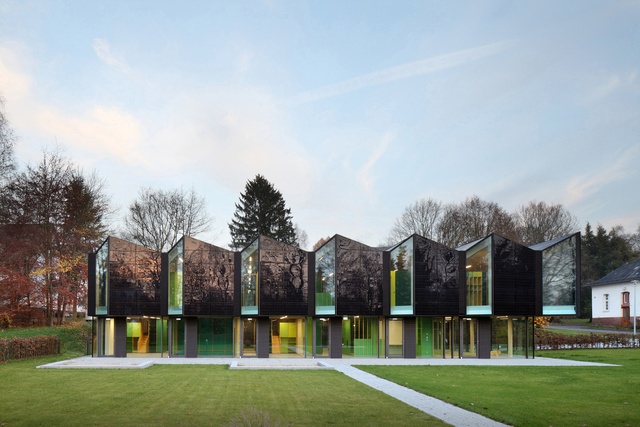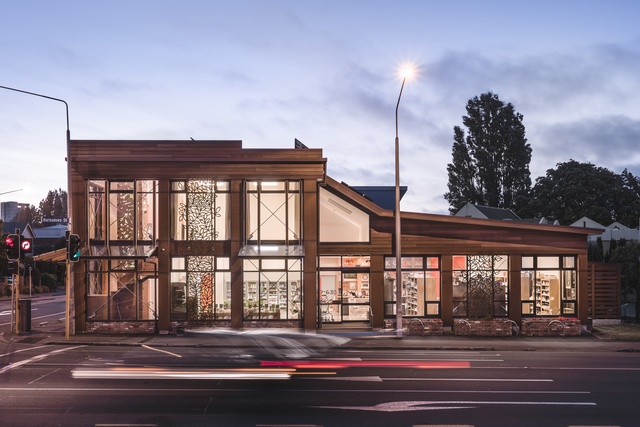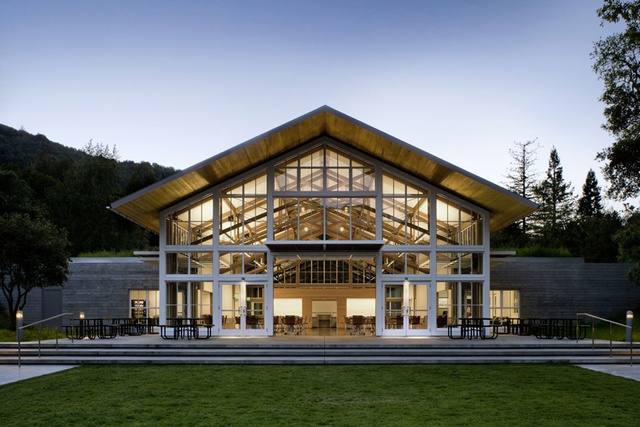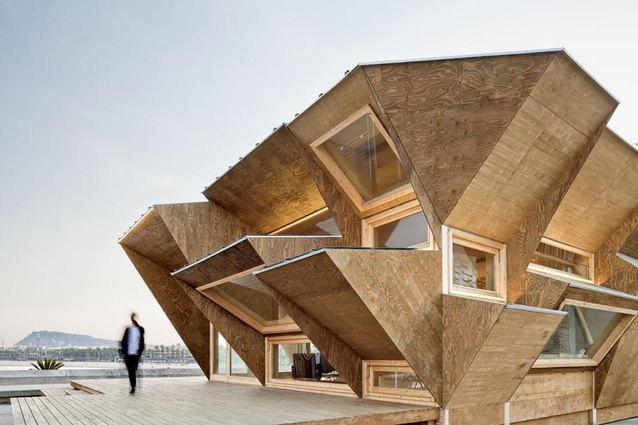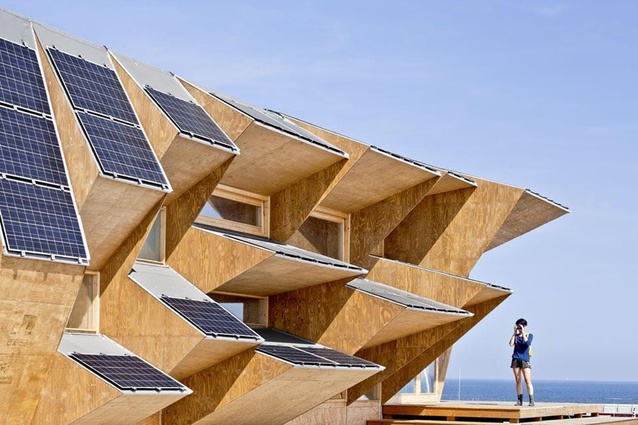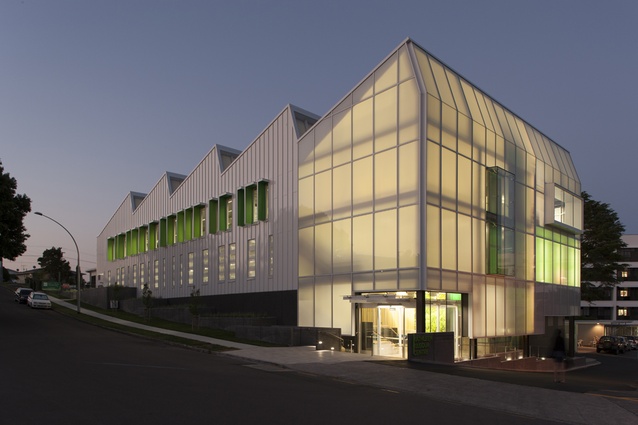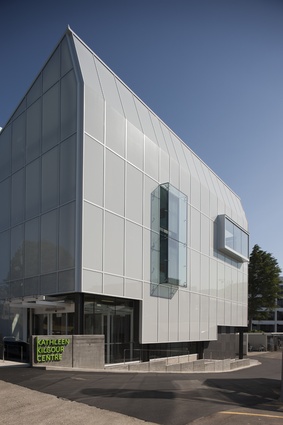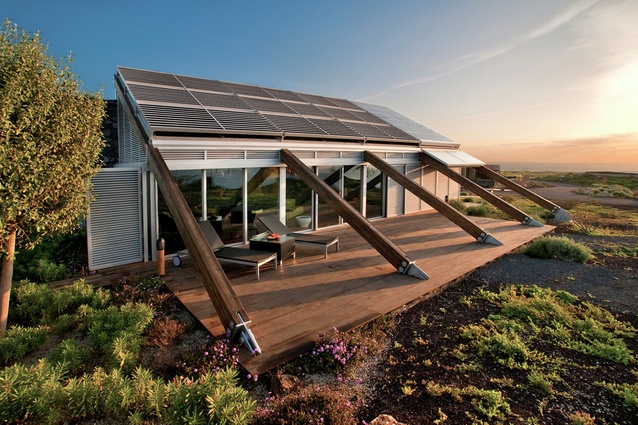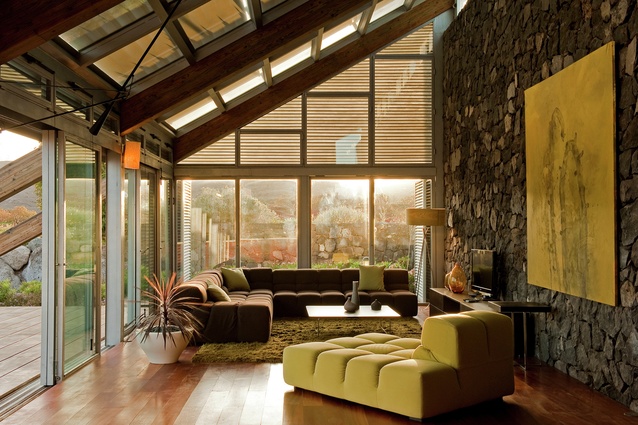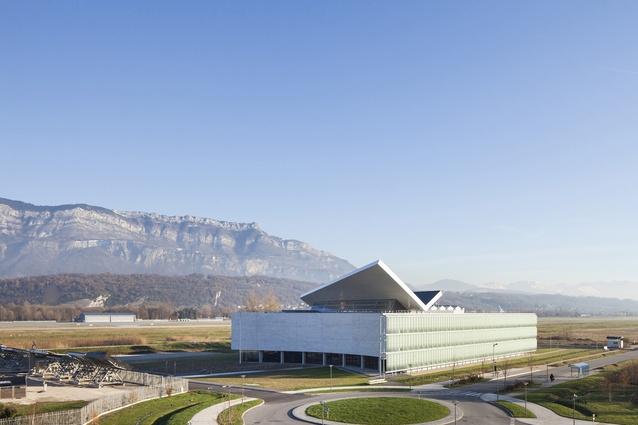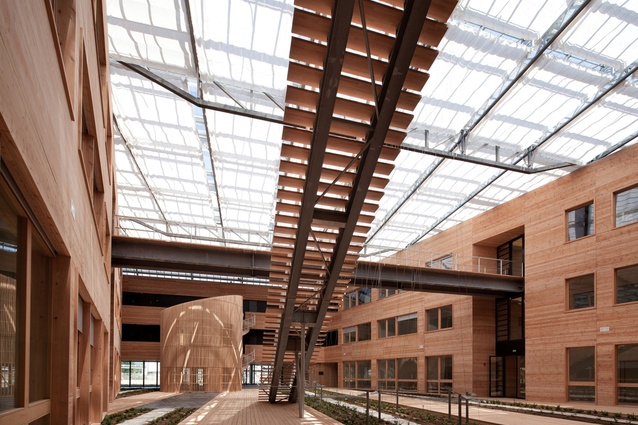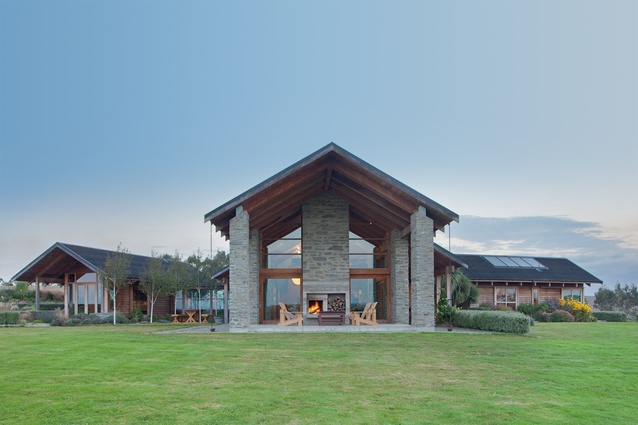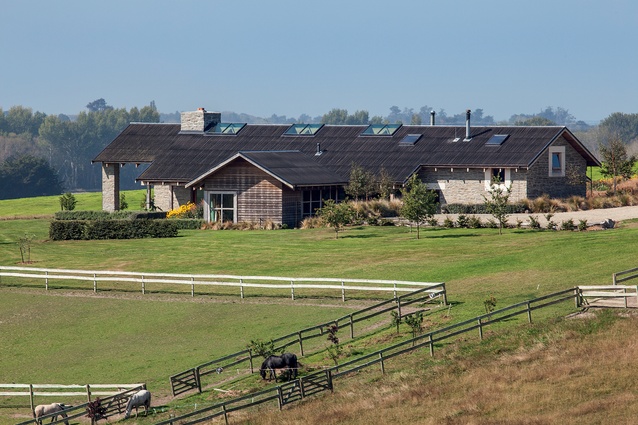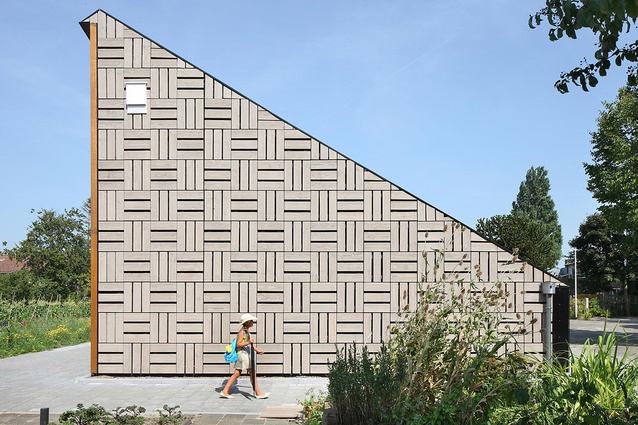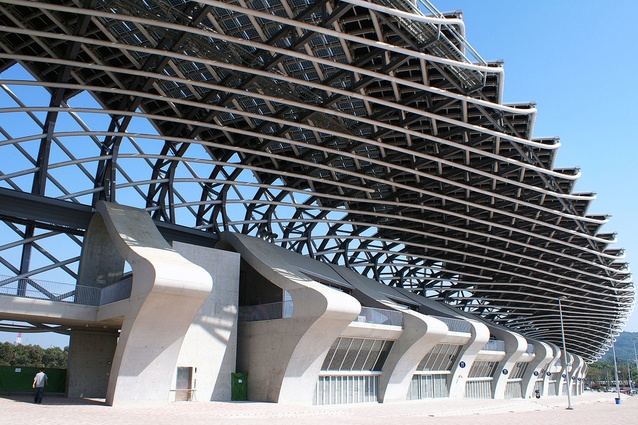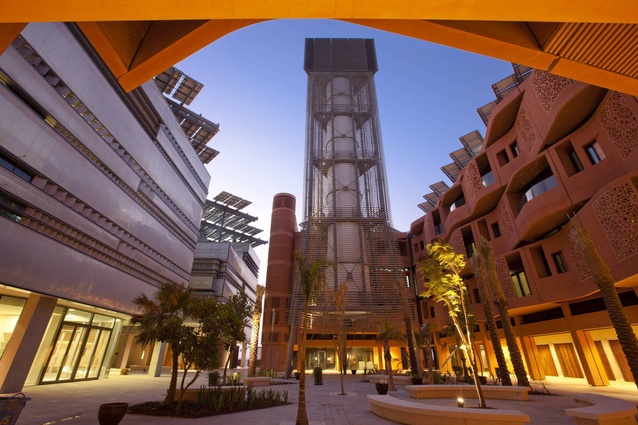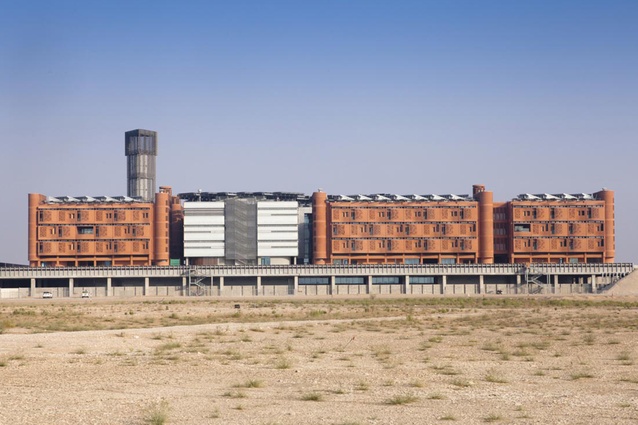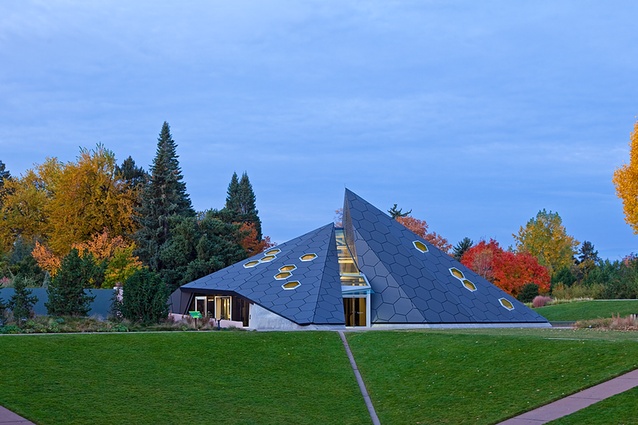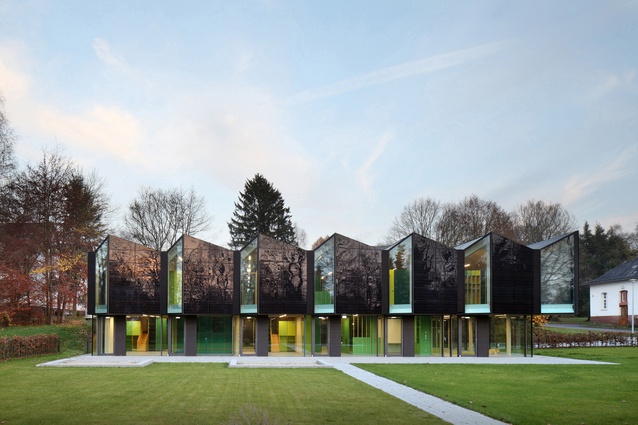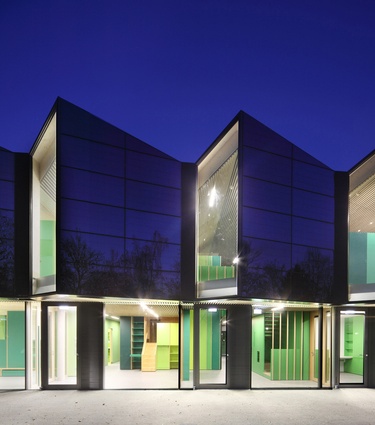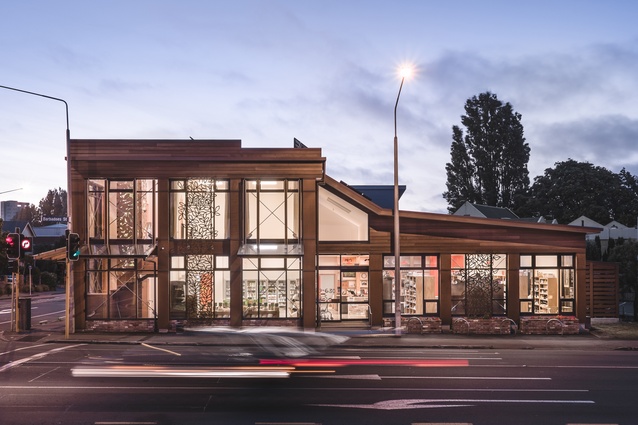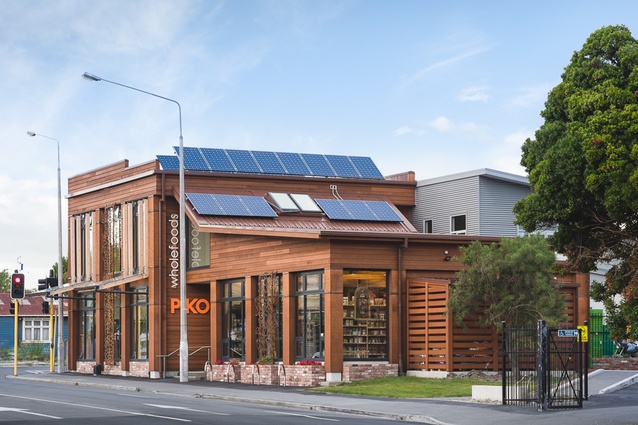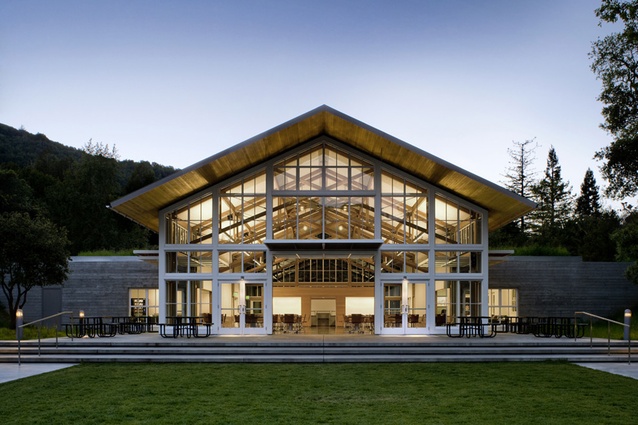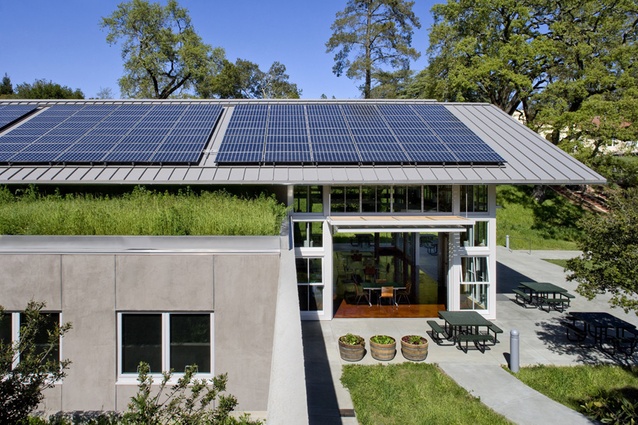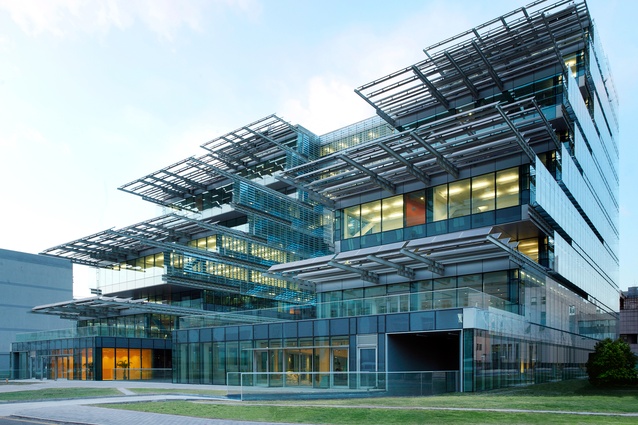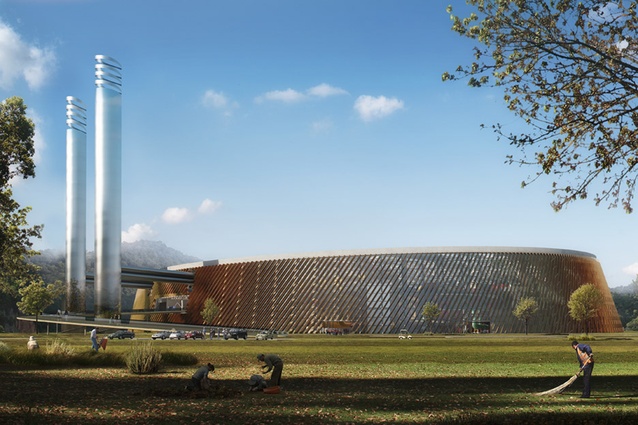Harnessing sunshine
Consider these two facts. Firstly, the solar energy that hits the earth every second is equivalent to 4 trillion 100-watt lightbulbs. And, secondly, in 2015, about 40 per cent of total U.S energy consumption was consumed in residential and commercial buildings. The evident conclusion is that, if we are able to harness and use solar energy properly in our architectural design, its potential to make a positive and significant contribution towards the environment and towards our goal of a low-carbon economy is enormous.
Solar architecture refers to the integration of passive solar design and ‘active’ solar technologies with modern building techniques. Passive solar design is certainly not new. In the 5th century BC, a shortage of wood used for heating homes forced the Greek people to begin orienting their buildings so they were south-facing, alongside using materials such as stone that absorbed solar energy. The Romans went a step further and covered their southern-facing windows with a range of transparent materials to encourage solar gain.
Today, energy use in buildings can be reduced dramatically by working with easy to apply design principles. This includes proper orientation to the path of the sun, using materials with good thermal mass properties and designing homes that encourage a natural flow of heat in the winter and good ventilation in the summer. All of these design features add nearly nothing to the normal cost of building a home, but can make a remarkable difference in both energy bills and impact on the environment.
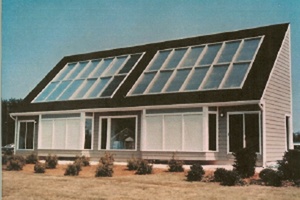
Design techniques alone, however, do not create highly environmentally responsible buildings. Other elements to take into consideration include air-tight construction, the use of high levels of insulation, high-performance doors and windows, and the use of durable, recyclable and preferably natural building materials in construction.
Active solar technologies involve the use of mechanical and electrical equipment to move solar heated fluids from solar collectors to the home’s interior, where it is released as needed. This, in conjunction with passive solar design, contributes to the energy requirements of the building.
When one thinks of solar power, what often comes to mind is photovoltaic (PV) panels on the roofs of homes. Solar panels were introduced in 1954 with the invention of the photovoltaic cell by Bell Labs. Due to their original inefficiency, they were not widely used for many years. One of the first solar-powered homes was Solar One, built by the University of Delaware in 1976. The home was created to showcase the first major thin-film solar cell.
Recent advancements in photovoltaic technologies include perovskite solar cells that are thin enough to incorporate into windows, developed by Oxford Photovoltaics. The company states: “Through the deployment of solar cells in areas where solar has traditionally struggled, such as the glass facades of high-rise commercial buildings, solar energy can contribute a much higher proportion of electricity than is possible today, and help to position PV as a significant factor in the global energy market.”
Russell Devlin, director of Solarchitect in Christchurch, says that the capital cost of PV systems has dropped substantially in recent years, which has encouraged considerable uptake across the country. He comments, “The cost of PV systems is now well within reach of Kiwi homeowners, and the dream of being self-sufficient in energy is also more than feasible with a design-led approach. Architects designing less energy-hungry buildings are making a positive contribution to the take up of solar options in New Zealand.”
Below, we feature fifteen sustainable, low-energy buildings that utilise a mix of passive and active solar design techniques and technologies.
